
Specs
- Total filters included : 20
- Impedance range : 680 – 3300Ω
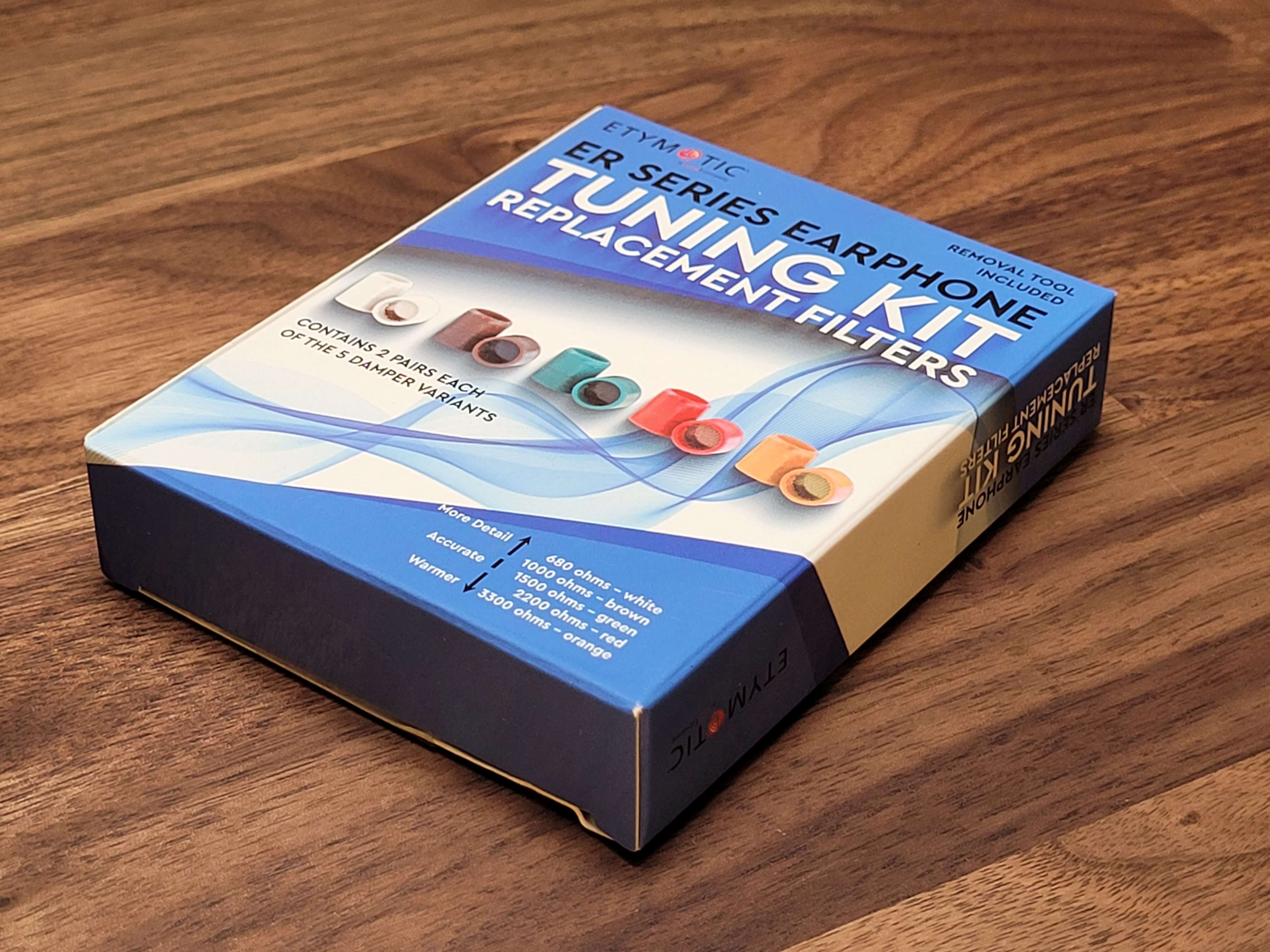
Introduction
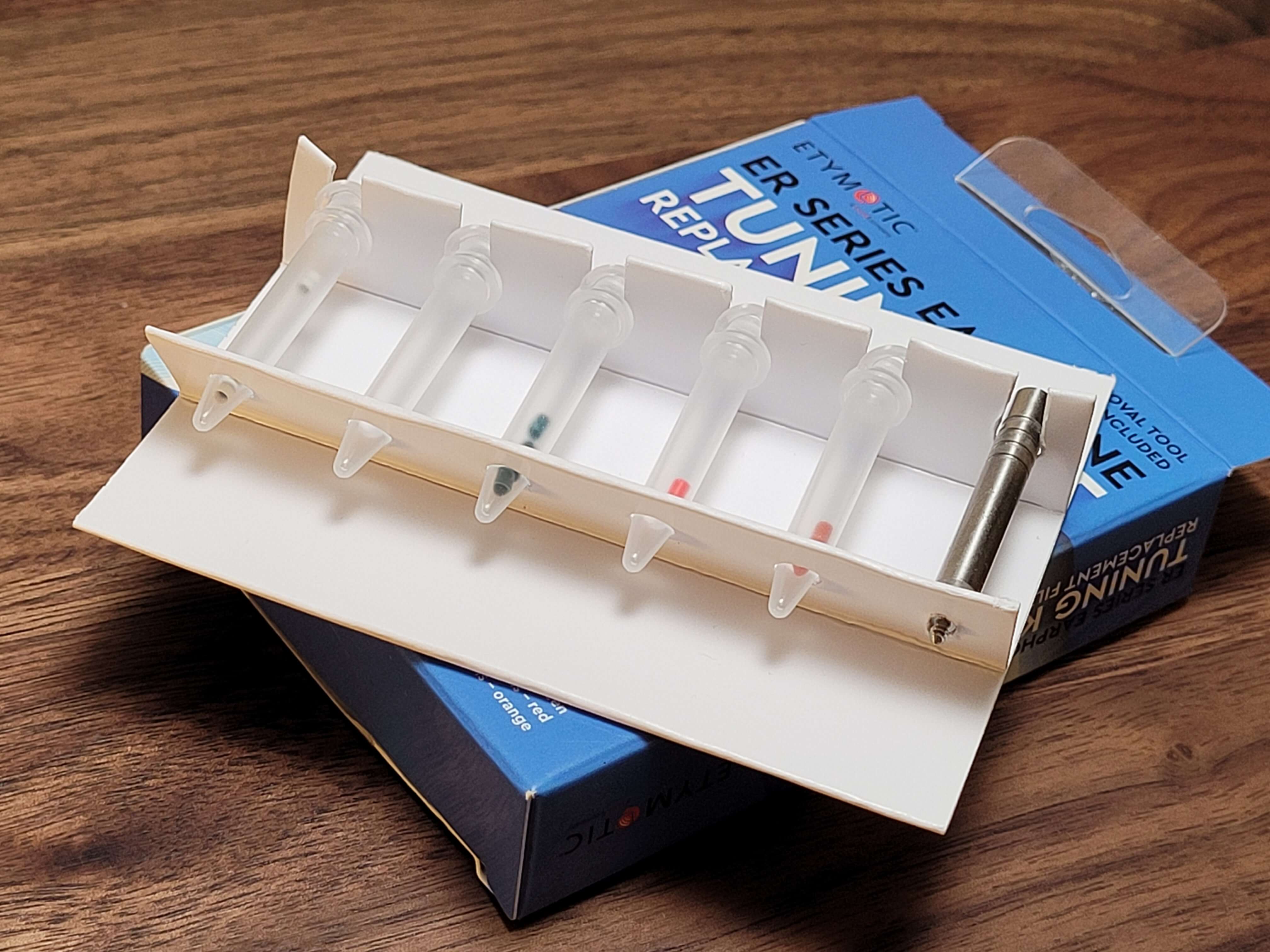
When it comes to the design of any sort of speaker enclosure, whether it be a large subwoofer, or an IEM housing one or more tiny little balanced armature drivers, there’s no doubt that the enclosure itself can have a massive impact on the sound. When it comes to IEMs, it’s not just a matter of slapping some drivers into a shell and calling it a day, but instead a lot of time can be spent on tuning the final frequency response by way of electrical crossovers, and more commonly with acoustic dampers.
These dampers are small little filters which are rated to have very specific acoustic impedances, and the purpose of these are to smooth out various parts of the frequency response. However, not everyone hears the same, and we certainly don’t all have the same preferences with regards to what kind of signature we find most pleasant. Etymotic has realised this, and has introduced the ER Series Earphone Tuning Kit which allows you to slightly alter the sound characteristics of your favourite ER-Series IEM.
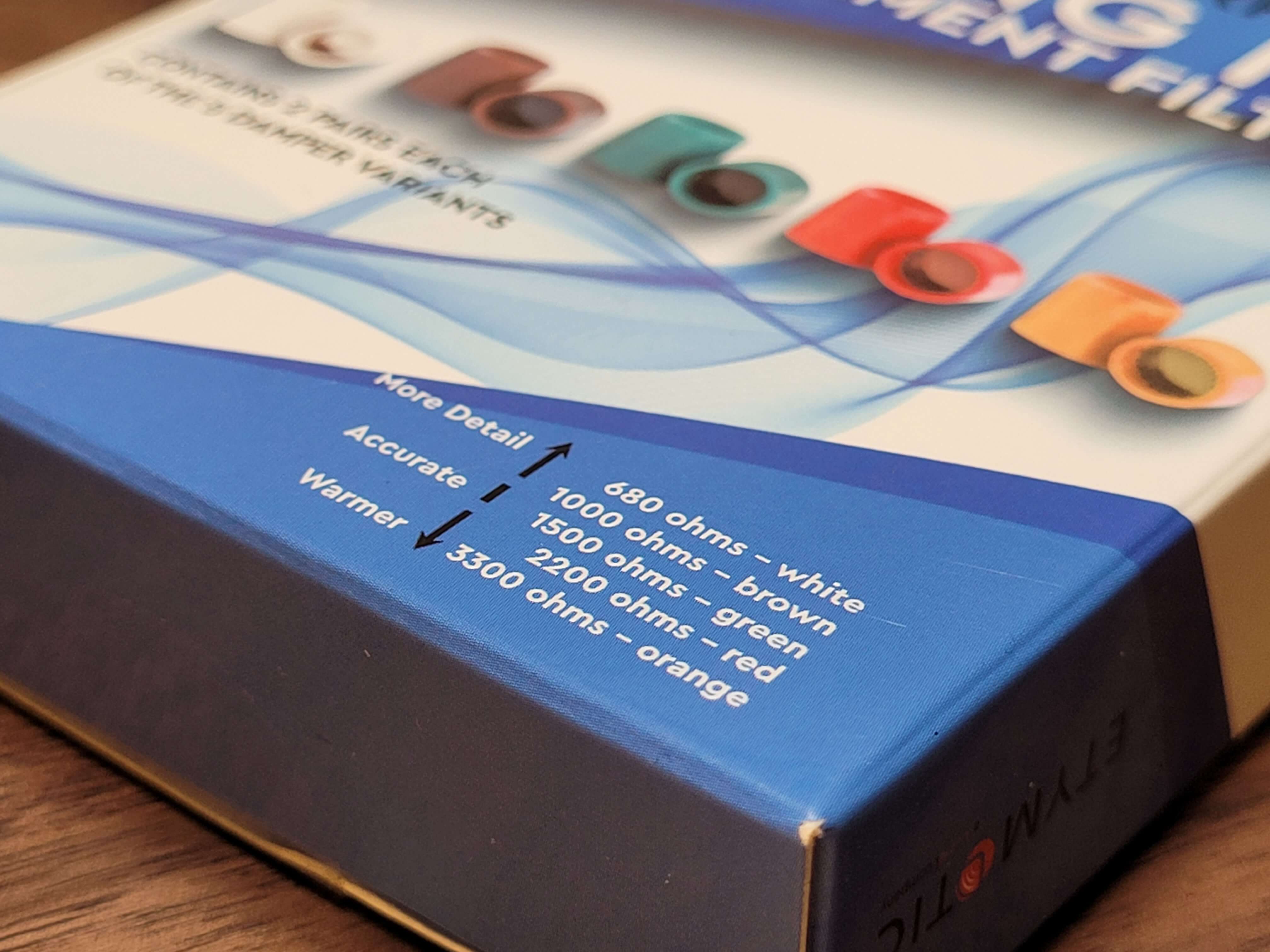
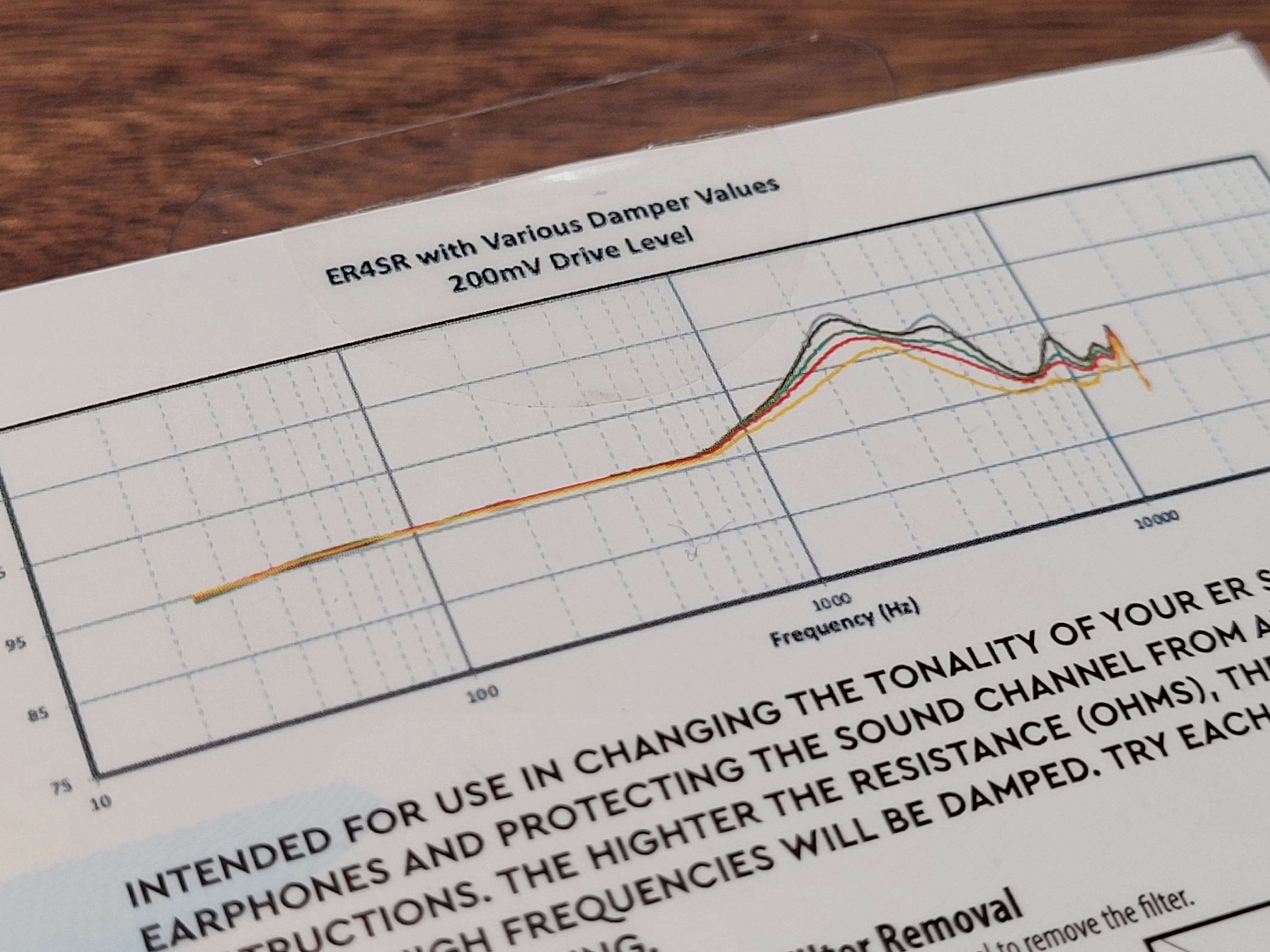
The kit itself contains a total of 20 filters, of which there are 5 different types giving an impedance range from 680-ohm for the white filters, all the way up to 3300-ohm for the orange filters. The green filters are the exact same ones that come as standard on the ER2-series.
On the box there is a simple little explanation of how the various filters would alter the sound. Essentially, these filters have very little effect on the bass region, and it’s more the high mids and treble which are affected.
On the rear of the box there’s actually a very helpful graph to illustrate how these filters would alter the sound relative to each other as used on the ER4SR.
Now, the reason I was curious to try out this tuning kit was because, although I really, really love the ER2-series, and in particular the ER2XR, neither of them manage to hit that sweet-spot of my signature preference. The ER2XR gets awfully close, but not quite. The bass goes nice and deep, and the mids and treble portray a healthy amount of detail – but there’s just that little bit of shimmer in the upper registers which I always felt are just a little bit lacking.
But, I’m getting ahead of myself here, so let’s take a look at some graphs I recorded of my own ER2SE and XR and see how these dampers affected the sound.
Sound
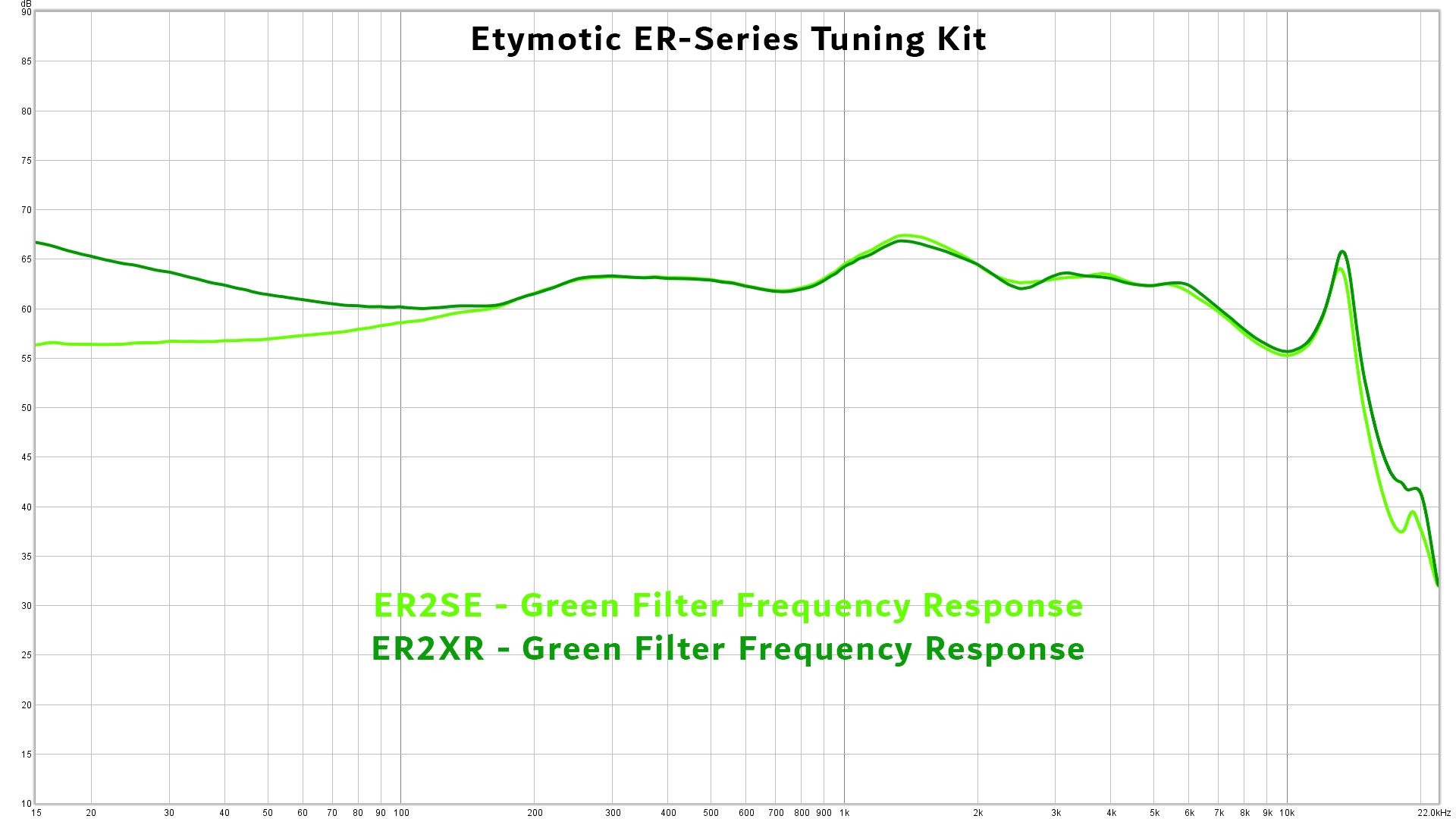
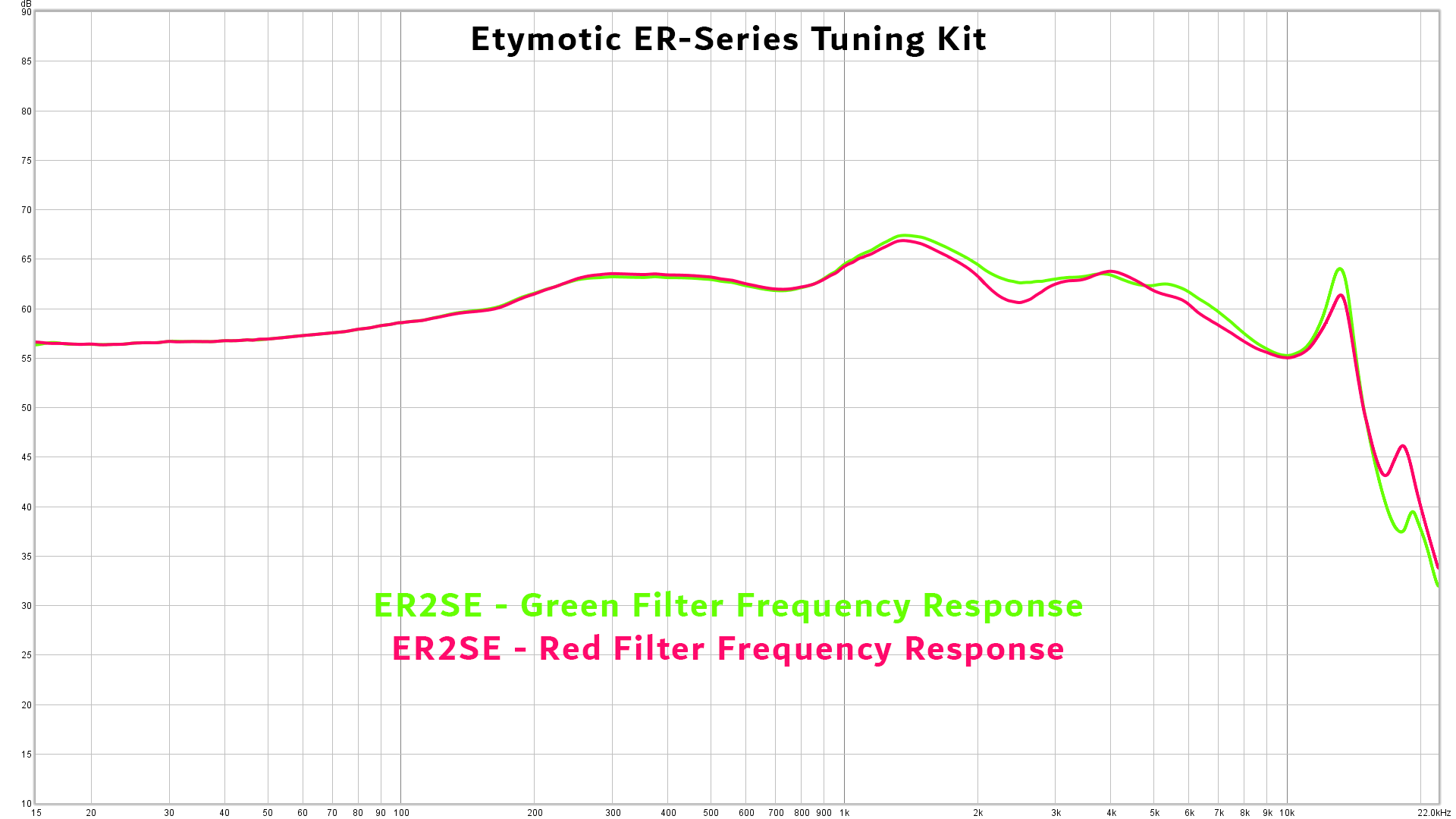
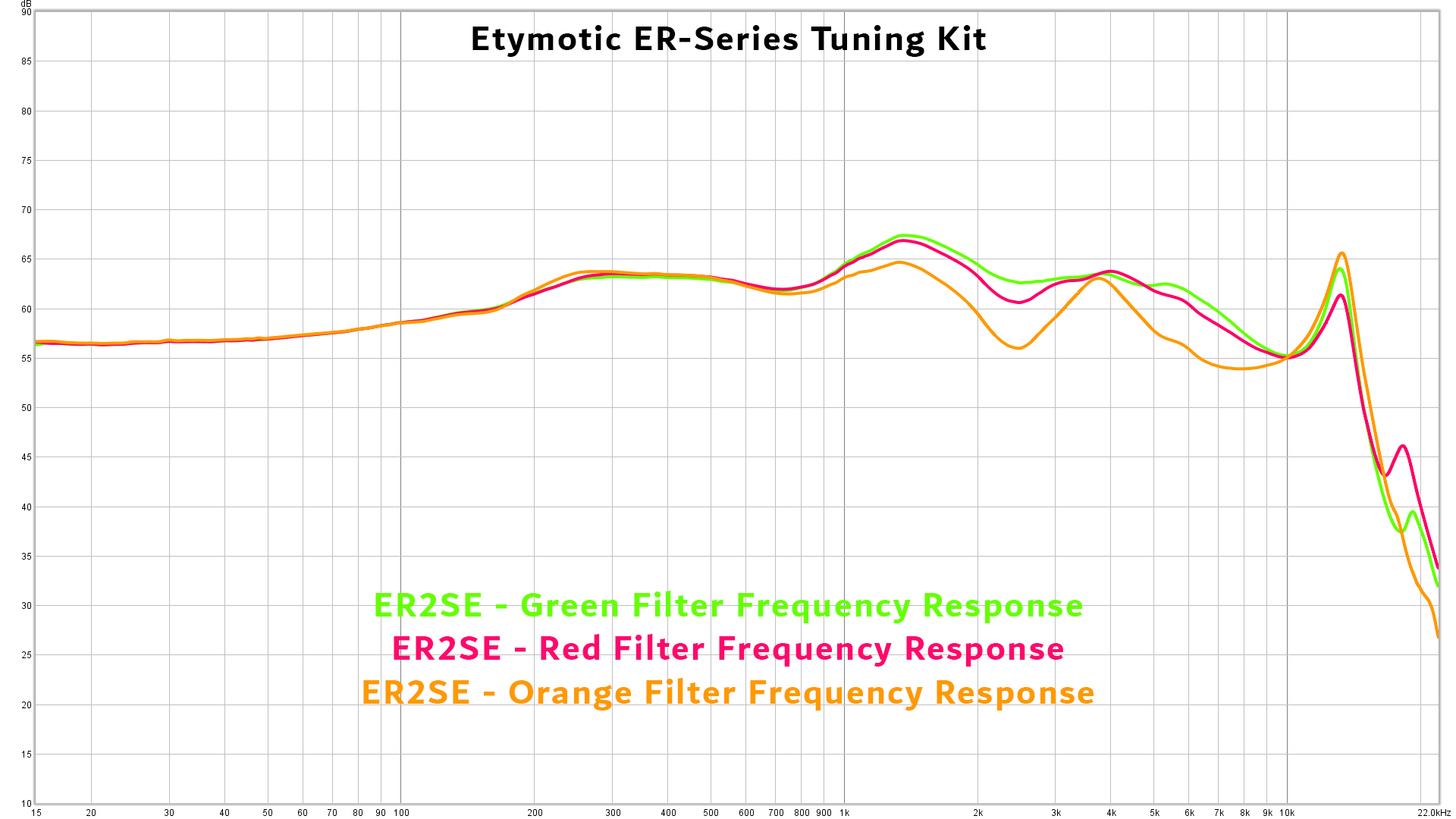
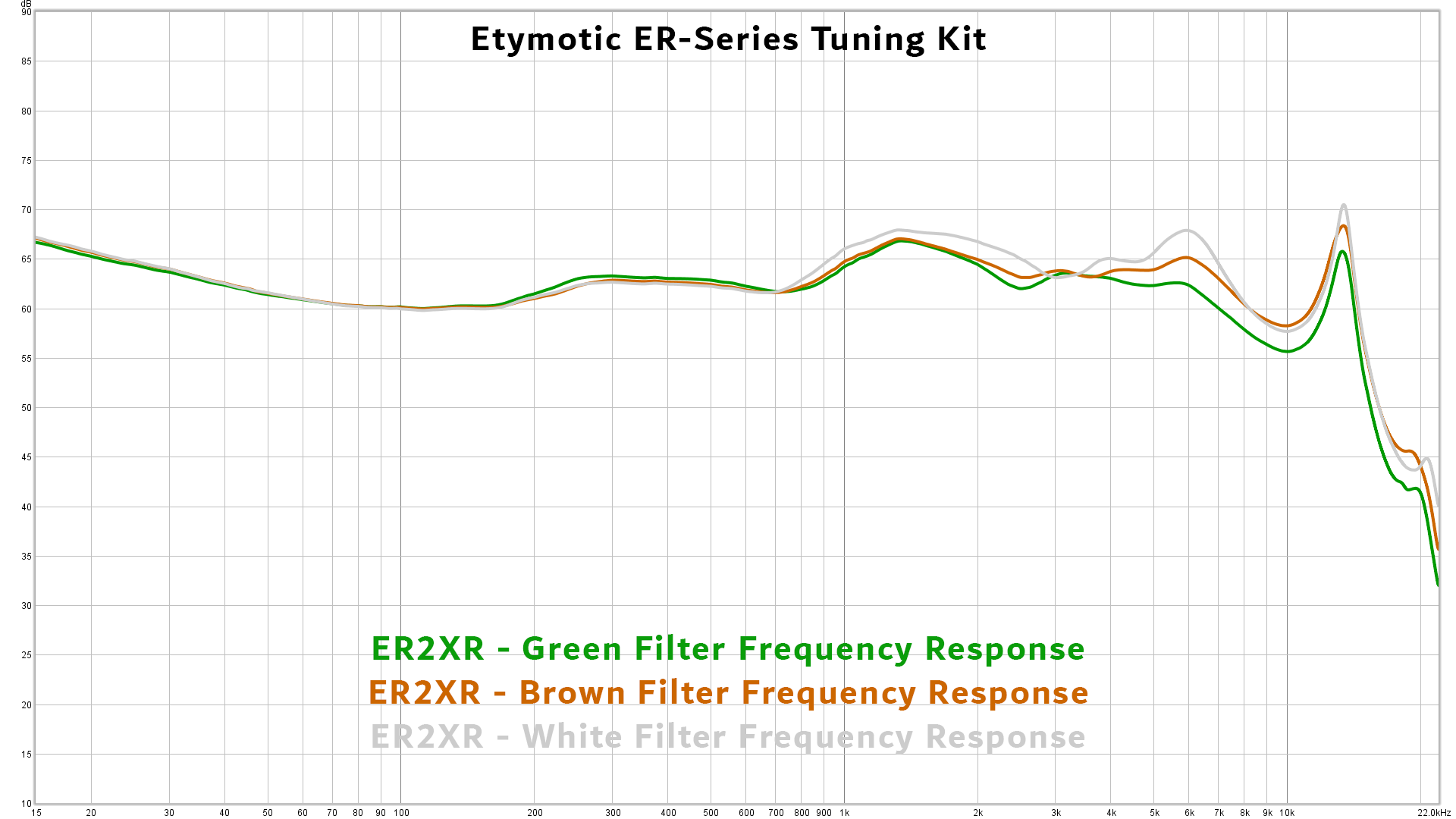
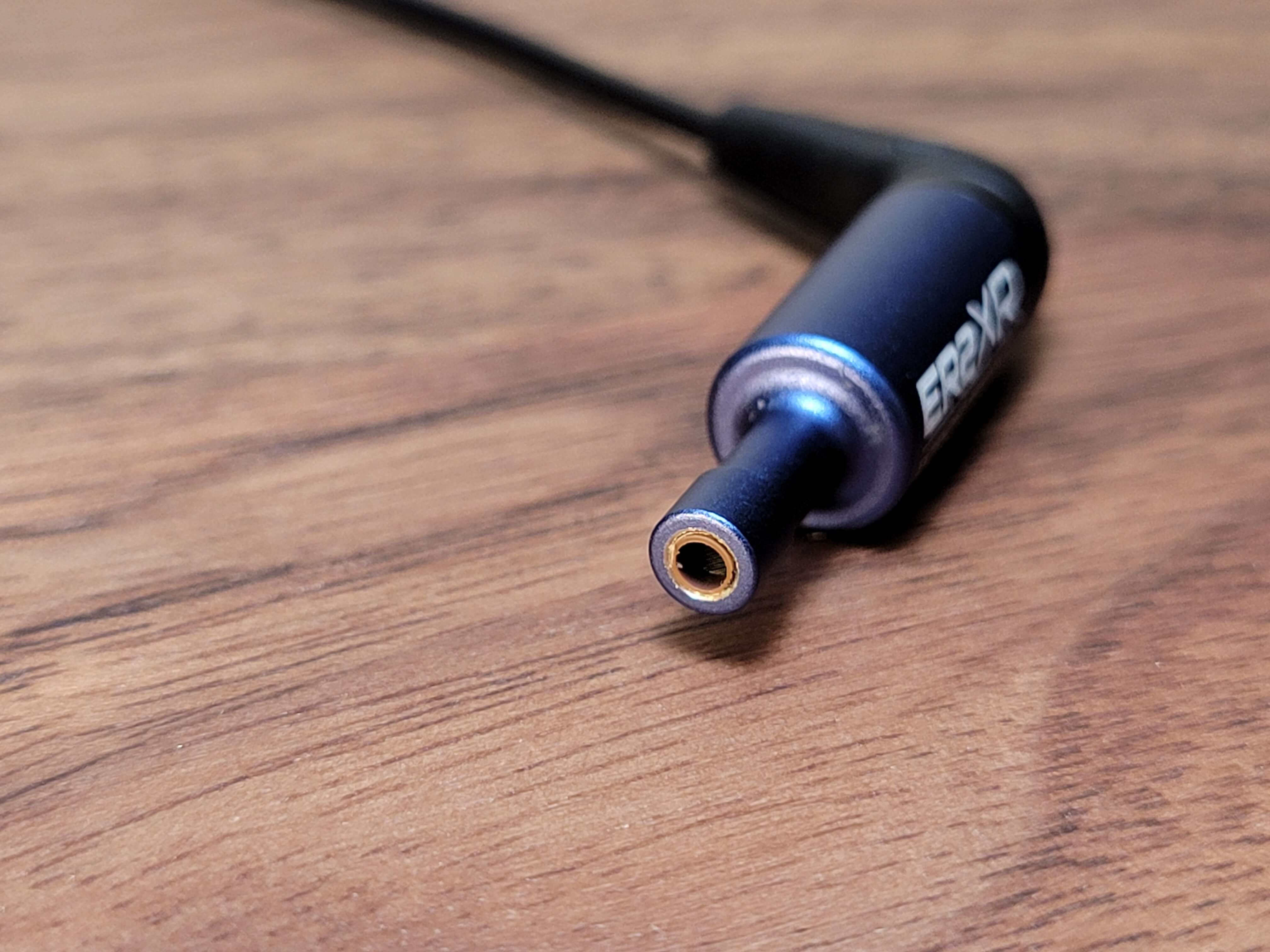
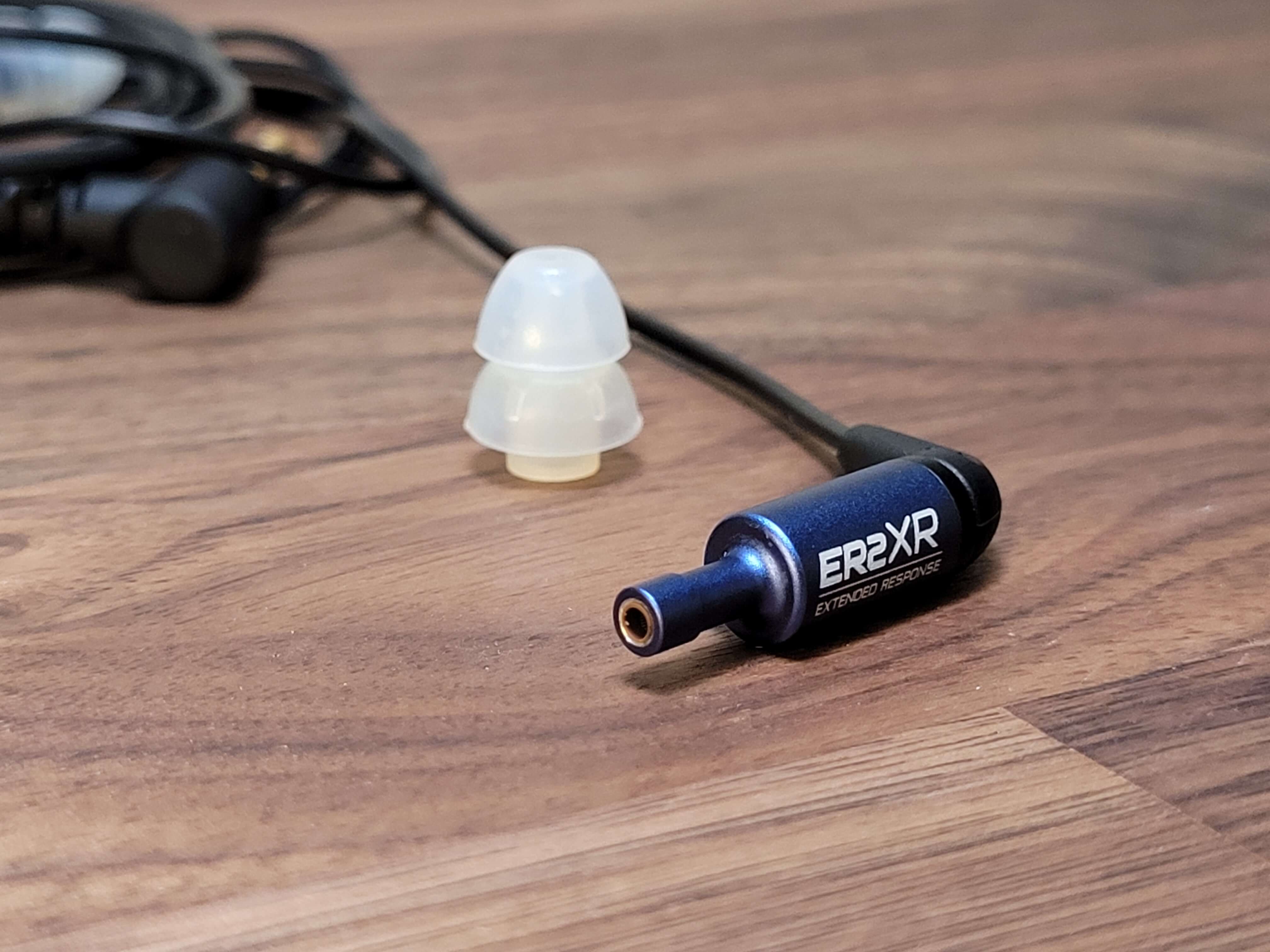
I didn’t test every filter with every model, but rather I focused on addings some warmth to the ER2SE, and trying to extract a little more treble detail from the ER2XR.
First up we have just the standard measurements of the ER2-series. As we can see, the XR offers essentially the exact same signature as the ER2SE, but with some much more elevated response down below about 200Hz. To start I went ahead and replaced the standard green filter on the ER2SE with the red (2200-ohm) filter. The ER2SE is not by any stretch of the imagination what I would call a “bright” headphone, as it is specifically designed to sound neutral. So, when introducing a higher impedance filter, for me this just resulted in a less-detailed-sounding IEM. To some extent it might also feel ever so slightly more bassy, but that’s probably just an effect of how the bass region then sounds relative to the drop in the upper registers with the new filter. For my tastes at least, the ER2SE doesn’t benefit from replacing the standard filter with a higher impedance one, as it seems to just negatively impact that fine balance of being detailed without being sibilant.
Just for the sake of testing all filters, I went ahead and tried the orange (3300-ohm) filter on the ER2SE, even though I knew the result would be even less pleasing than with the red filter. As we can see from the graph, this filter has the biggest effect on the frequency response, and it really does make the ER2SE sound like a completely different IEM, one which feels overly warm, fuzzy, and lacks detail.
So, time to go in the opposite direction then. Where I thought a little bit of warmth might make the ER2SE just a little more pleasant, let’s add some detail to the ER2XR instead.
As mentioned, I really do love the ER2XR, and it’s what I use as a benchmark to judge everything else, but I often do wish it had just a tiny little bit more shimmer and excitement in the treble regions. Testing both the brown (1000-ohm) and white (680-ohm) filters, the brown filter turned out to be the one which hit that perfect sweet-spot for me. Again, the white filter affected the signature the most, but it just pushed things too far, which ended up making the ER2XR sound sibilant on tracks which had a lot of treble detail. In contrast, the brown filter just provided that little bit of spice I was missing – adding just a touch of excitement whilst still keeping things perfectly coherent. It does take away a bit of warmth from the signature, but, to me at least, this new slight elevation in the treble perhaps even feels just a bit more balanced, but it still digs into those deep bass frequencies when required. Vocals, in particular higher pitched female vocals, became a little more clear, without ever sounding artificial, and cymbal strikes are portrayed with this wonderfully brassy metallic texture, really giving you those micro details which may otherwise be masked by a slightly warmer signature. I wouldn’t go so far as to say that micro detail retrieval is on the same level as what you might expect from balanced armatures, but I do tend to find dynamic drivers to sound more natural. And that’s what I’m really liking with this ER2XR with the brown filters – it gives me those micro details in the upper mids and treble, but still retains that more organic timbre which is so inherent with dynamic drivers.
With this tuning, I feel like I’m getting the detail which the ER2SE is so good at portraying, but unlike the ER2SE I don’t find myself wanting to hit some sort of bass boost. To me at least, this seems to be the best of both worlds between the ER2SE and XR.
Value
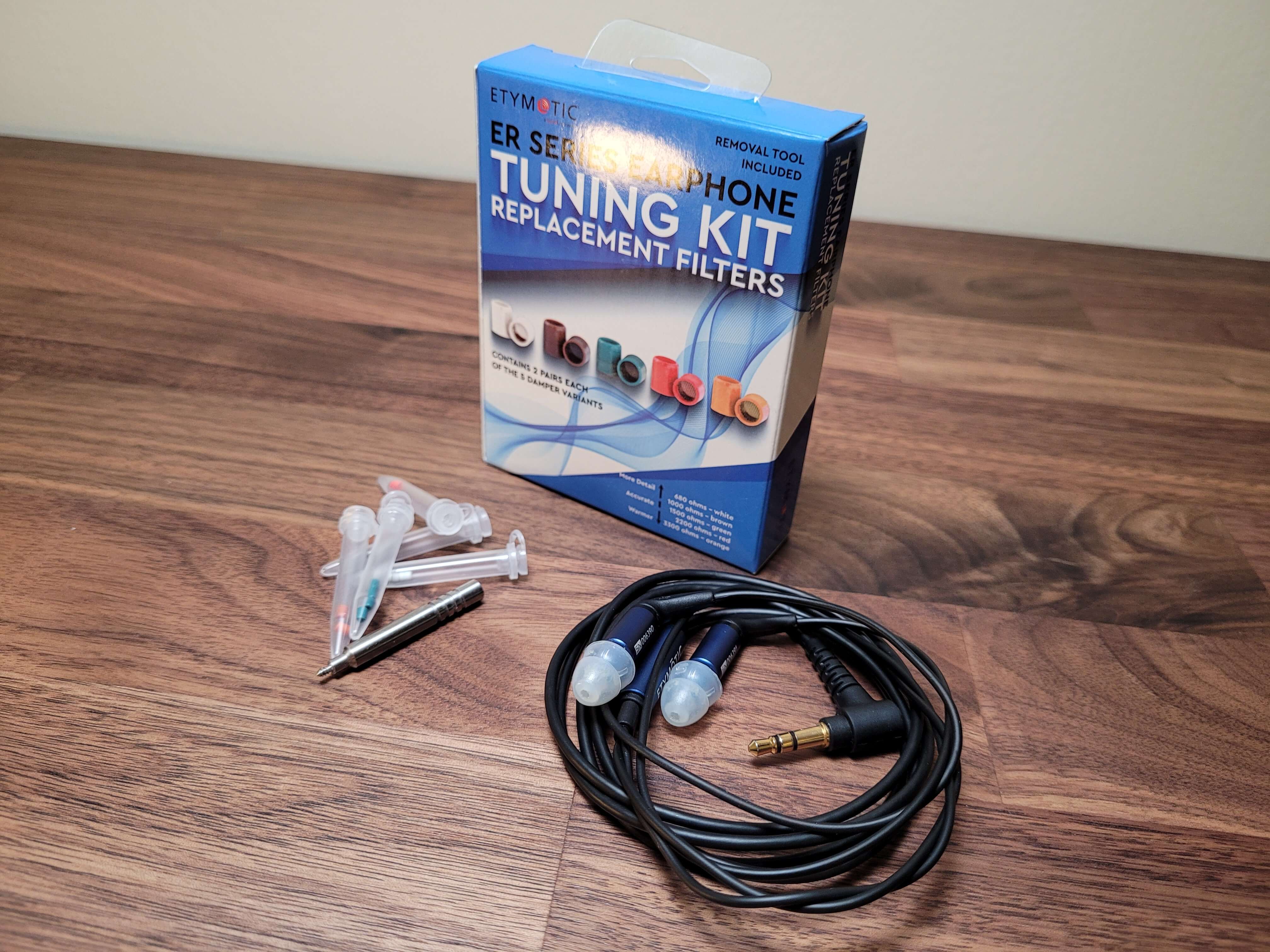
So, as far as I’m concerned, this little experiment was a success as I was able to get a little more out of the ER2XR, but I can’t say the same was true for the ER2SE. Again, how you will perceive these changes is entirely subjective, so I can’t make any predictions or guarantees as to whether or not you will get the same improvements as I did, or which specific filters would work best for you, if at all. However, at roughly $30 for this filter kit, I think it’s priced very reasonably given the fact that if you were to buy 4 pieces of each of these 5 dampers from, let’s say, Mouser, then it would cost you well over $30. So, if you are still in that experimentation phase of trying to figure out which would work best for you, then this little kit is a nice little cost-effective way of doing so, but obviously if I need to replace these new brown filters on my ER2XR, then I’m not going to pay another $30 just to get 4 brown filters, I’d instead get them from somewhere like Mouser. But again, as a little all-in-one kit for experimenting, this Tuning Kit from Etymotic seems like a reasonable deal.
